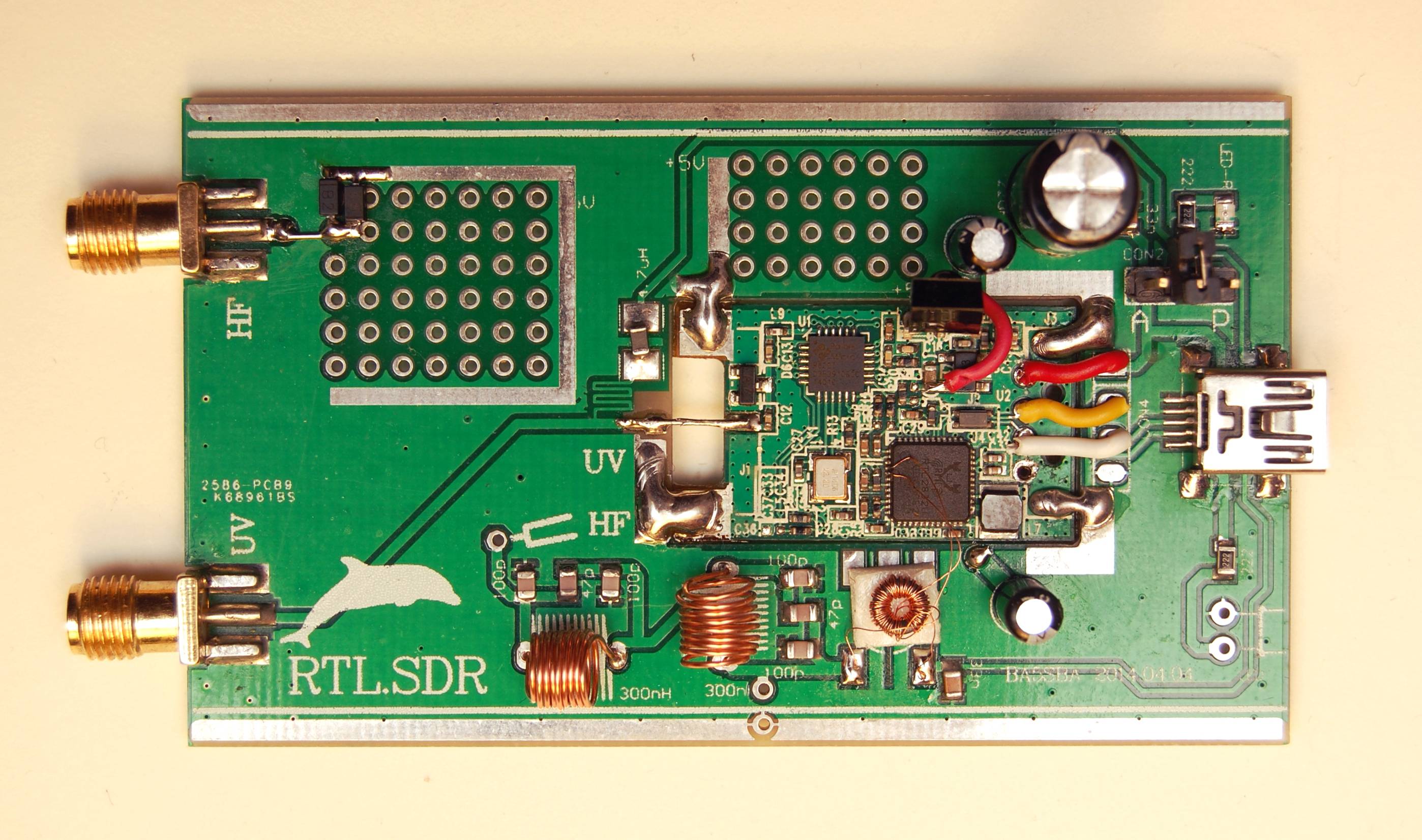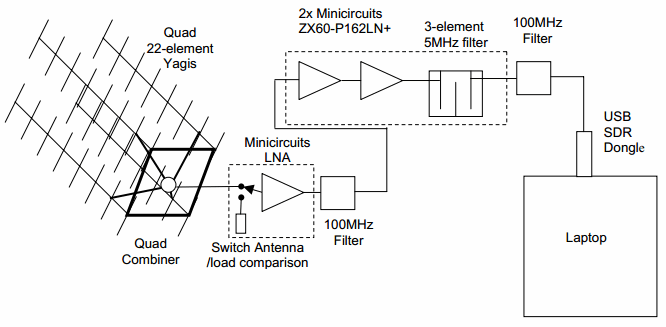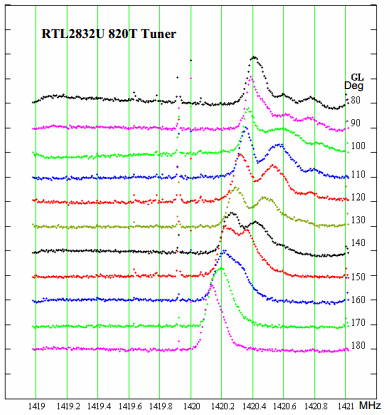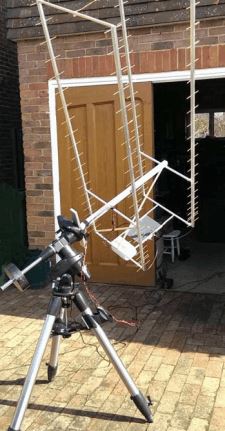Blindly Reverse Engineering a Wireless Protocol
Hackaday has brought to attention a document written by a Rory O’Hare which discusses the journey Rory took in trying a decode an unknown 433 MHz signal received from his SDR dongle.
If you are interested in manually decoding some unknown signals you may be interested in this write up as it discusses his entire journey including the failures he encountered along the way. Basically he records some packets using his SDR dongle, works out their bit patterns manually and then attempts to find correlations between the packets in an attempt to discover their structure. In the end his efforts are successful as he discovers that he is receiving a temperature sensor and is able to decode the temperature readings.




